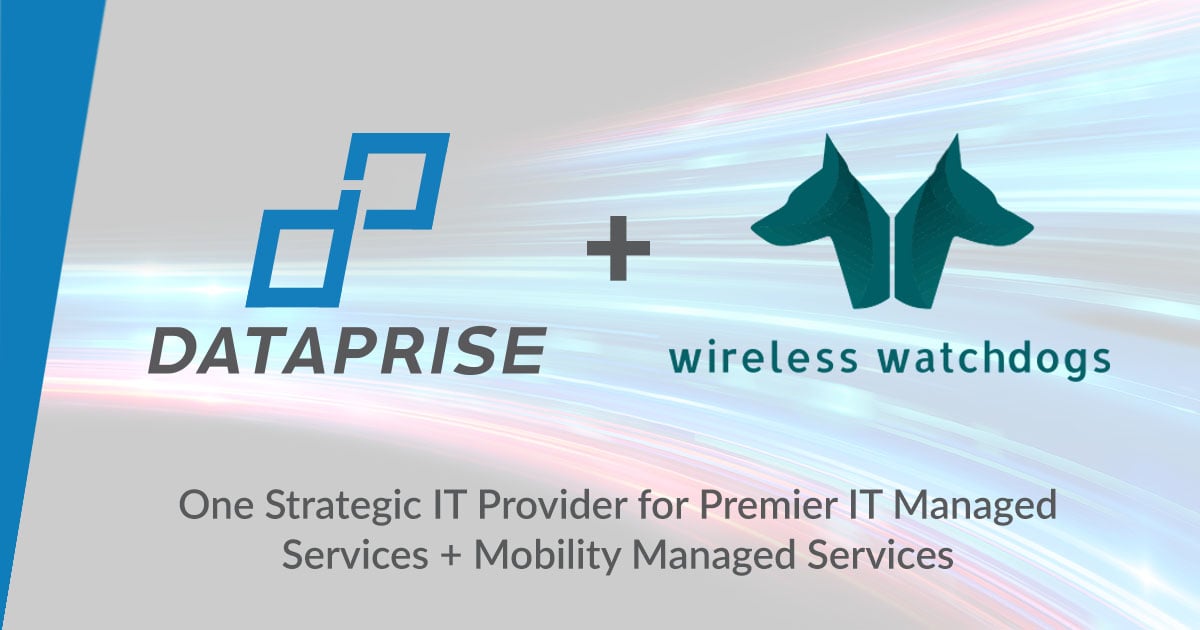IT departments have a lot of responsibilities on their plates every day. They must govern different systems and applications and manage the infrastructure and functionality of such systems. They must manage networks and security, develop and manage applications and websites, and build contingency plans. The list of responsibilities goes on and on.
With the widespread use of mobile devices in the workplace, IT is now also expected to manage thousands of different mobile devices with different operating systems and applications too. But IT teams shouldn’t have to be spread so thin. Here’s are the problems with mobile devices in the workplace:
1. Constant Help Desk and Support Issues
Forget real security threats that IT should be anticipating and circumventing, such as malicious malware and spyware that end-users accidentally download. IT must constantly support routine issues surrounding mobile devices that include:
- Problems users have logging on to a device, app, or platform
- Inability of users to download certain apps
- Lost, damaged, and stolen devices and phones
- Slow network speeds and connecting to Wi-Fi
- Bluetooth connections, compatibility issues, and device integrations
IT departments are already busy with a multitude of important tasks and shouldn’t be bombarded with routine issues that can easily be managed by an outside vendor or avoided altogether.
2. Endless Patching and Updating Across Devices
There are currently thousands of types of mobile devices on the market. And employees can bring any of them to work, and sometimes use more than one device to complete work tasks in the office, in coffee shops, at home, etc. The time needed to patch and update different software programs and apps across so many different types of devices is extremely high.
In addition, sometimes updates are released so frequently that it’s difficult to keep up with for multiple mobile devices. And oftentimes, if patches and updates aren’t implemented in a timely fashion, an organization could be at risk for a data breach or other security risks. Unfortunately, the IT department is often held accountable even if they don’t have the bandwidth or resources needed to execute regular patches and updates.
IT departments will also see a higher number of support tickets if they don’t implement patches and updates fast enough across so many different devices because users will encounter bugs and other glitches that make apps and devices harder or impossible to use.
Whenever they can’t access an app, or an app looks different, users will submit a ticket to the IT department. And while automated updates and patches can help, oftentimes users will ignore them or not install them, requiring manual patches and updates be regularly administered.
3. Ordering, Provisioning, and Decommissioning
Typically, when new employees are on-boarded, IT is put in charge of ordering the right mobile devices for them. But sometimes, IT employees aren’t sure what type of device, systems, apps, and platforms the employees need to complete their work tasks, which instigates a lot of back-and-forth between departments. And then, IT professionals will have to coach new employees on how to use their newly issued devices or applications.
IT departments are also usually put in charge of ensuring each device every employee uses for work has the right applications, security, etc. But if an employee doesn’t take their personal device to the IT department, the IT department will have no way of knowing which apps and permissions they need. This leads to a lot of security problems and even more help desk and support issues.
In addition, when a mobile device (whether issued by IT or not) is lost or stolen, IT has to figure out a way to decommission it so that hackers and thieves don’t gain access to sensitive company data and information.
To take the heat of IT departments, organizations should explore the ideal MMS (Managed Mobility Service) for them today.
Are You Ready to Implement Mobile Device Management?
Download our free white paper to overcome the most common challenges companies face.








